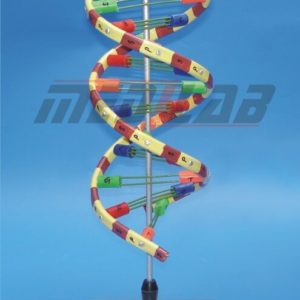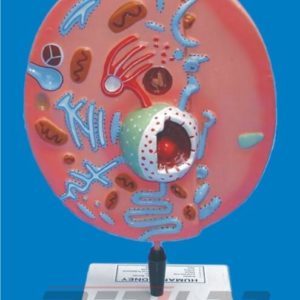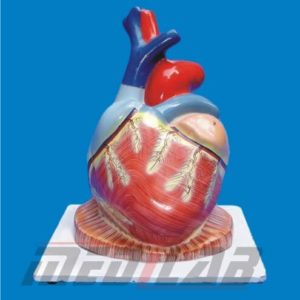Description
Animal cell Division Mitosis is a type of cell division that results in the replication of a cell’s genetic material and the formation of two identical daughter cells. This process is essential for the growth and repair of tissues in multicellular organisms, as well as for asexual reproduction in some single-celled organisms.
Mitosis can be divided into several phases, including prophase, prometaphase, metaphase, anaphase, telophase, and cytokinesis. During prophase, the chromosomes of the cell condense and become visible under a microscope. In prometaphase, the nuclear envelope breaks down and the chromosomes attach to spindle fibers.
During metaphase, the chromosomes line up along the center of the cell and are pulled towards opposite poles by the spindle fibers. In anaphase, the chromosomes separate and are pulled towards opposite poles, resulting in the formation of two identical sets of chromosomes in each daughter cell.
Telophase marks the end of mitosis and the formation of two new nuclei. During cytokinesis, the cell physically divides, resulting in the formation of two identical daughter cells.
In summary, mitosis is a type of cell division that results in the formation of two identical daughter cells. This process is essential for the growth and repair of tissues in multicellular organisms, as well as for asexual reproduction in some single-celled organisms. By ensuring that each daughter cell has an identical set of chromosomes, mitosis helps to maintain the genetic integrity of the organism.







